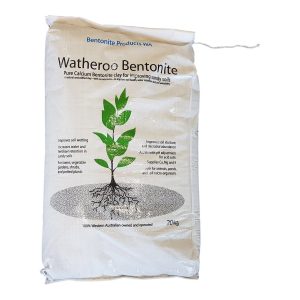Description
Soils tend to become compacted over time, which prevents roots from growing and is bad for plants. Poor soil can restrict water and nutrient uptake of plants as well as restrict the root development causing plants to yellow, produce poorly and even die. Poor soil can be extremely high or low in pH level. Soils that are too sandy or lack organic matter can cause plants to become undernourished. Poor soils can be altered using the soil conditioner.
Soil conditioners are the soil amendment that is mixed into the soil to improve the soil structure. It is used in the soil that has been damaged by improper soil management. A wide variety of products can be used to manage soil quality, with most being readily available from nurseries and garden supply stores. It also helps to make the poor unconditioned soil more usable. Soil conditioners improve water retention in dry, coarse soils. They can be added to loosen up the compacted, hardpan, and clay soil and release nutrients into the soil. Working soil conditioners into the soil can adjust the pH of the soil to make highly acidic or alkaline soils more usable.
What are they made of?
Soil conditioners include manure, compost, peat moss, leaf mold, sawdust, straw, gypsum, or limestone. They can be organic or inorganic or a combination of both. It can also be produced from home materials.
Fertiliser only adds nutrients to the soil and plants. It doesn’t alter the soil’s structure so in poor, compacted soil the nutrients become locked up and unavailable to the plants. Hence, Fertiliser is not a category of soil conditioner.
The goal of using a soil conditioner is to improve the soil structure of 50% organic or inorganic material, 25% air, and 25% water. Beneficial microorganisms make up a portion of the organic matter in good soil. Without proper air and water, many microorganisms can’t survive.
How to use soil conditioner
Soil conditioner is added to the soil before planting. But before using them into the soil , it is better to test the soil. A soil test can also provide information on soil acidity, the percentage of organic matter in your soil, and your soil’s texture. It helps in determining which conditioner is better for the condition. Soil conditioners are different for each condition of the soil.
Organic conditioners can be added to improve water retention, add nutrients, and supply food for beneficial microorganisms. It can be high in nitrogen or use up a lot of nitrogen.
Limestone is rich in magnesium and potassium, which can be used to correct highly acidic soils. Gypsum specifically loosens up and improves the flow of water and air in c soil that is compacted or high in sodium. It also adds calcium. Greensand is used to add calcium and magnesium into the soil.


